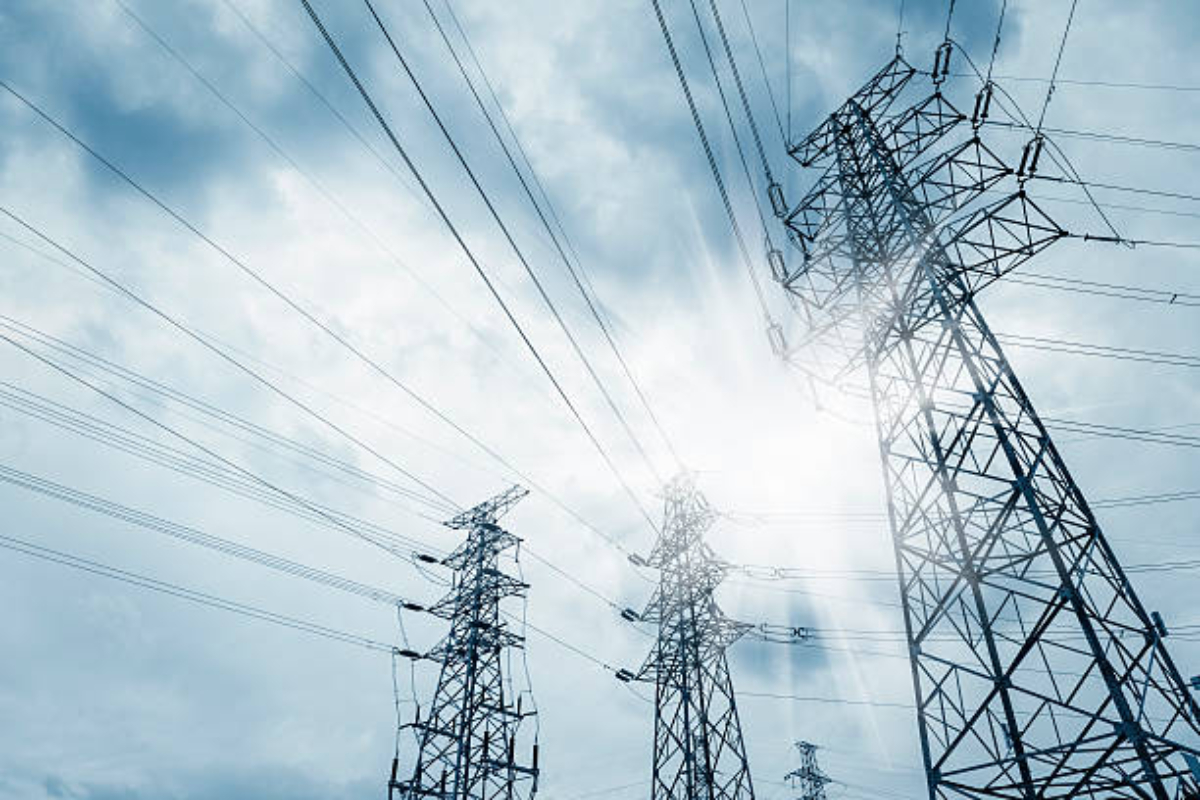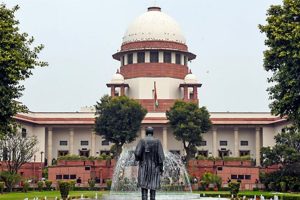The Delhi Cabinet on Tuesday approved extension of 200 units of free electricity under power subsidy scheme and also the
continuation of 50 per cent subsidy on consumption between 200 to 400 units.
In a cabinet meeting held on Tuesday, the proposal to give subsidy on electricity was approved unanimously under the leadership of CM Arvind Kejriwal.
“This decision comes as a relief to the people of Delhi who have been benefitting from the scheme since its inception in 2019,” an official statement said.
The free electricity scheme was introduced by the Kejriwal Government in 2019. The statement claimed that “the scheme has been a huge success, benefiting lakhs of households in the national capital. With this decision, the government has once again shown its commitment to the welfare of the people of Delhi”.
All cabinet ministers — Atishi, Saurabh Bhardwaj, Gopal Rai, Imran Hussain, Kailash Gahlot and Raaj Kumar Anand — as well as the chief secretary and senior officers of departments concerned were present during the meeting.
Later, Delhi Power Minister Atishi held a press conference along with Cabinet Minister Saurabh Bhardwaj after the Cabinet meeting.
They said, “The state government will continue to provide free electricity to the residents of Delhi despite the attempts of the Central Government to obstruct the continuation of the scheme.”
The Delhi power minister alleged that in the last couple of days the Central Government, under the pretext of the LG Office, has been trying hard to stop the free electricity that is provided to the residents of Delhi.
She said the Kejriwal government has kept its promise and in the coming year, just like in the previous years, the electricity subsidy scheme will be continued.
She said that it was a commitment of the Kejriwal government to not only provide electricity for 24 hours but also provide it for free.
Applications received for power subsidy from October last year till now will be considered valid till April 2024, Atishi said.
Atishi went on to provide the details of the four types of electricity subsidies that are given by the Delhi Government. The first is the subsidy to Agricultural Consumers — To provide electricity subsidy on existing tariff @Rs 105/kW/Month on fixed charges to agricultural connections in Delhi.
The second type of subsidy is Subsidy to Domestic Consumers — To extend electricity subsidy, irrespective of the load, of entire bill amount comprising of fixed charges, energy charges, PPAC, all surcharges and electricity tax, utilising up to 200 units in a month, and to extend electricity subsidy of up to Rs 800 per month, for the households utilising 201 units to 400 units per month.
The third type is the subsidy to 1984 Sikh Riots Victims — To provide 100 per cent electricity subsidy up to 400 units per month, irrespective of the load, of entire bill amount, comprising of fixed charges, energy charges, PPAC, all surcharges and electricity tax and waiving-off of all pending electricity bills of 1984 Sikh Riots Victims affected families living anywhere in Delhi, except Late Payment Surcharge (LPSC) which is to be waived-off by Distribution Companies (DISCOMS) at their level. In the case of bills above 400 units, the entire bill amount of 400 units will be subsidised, and the balance amount of above 400 units is to be paid by consumers.
The fourth and the final type is subsidy to Lawyers chambers within the premises of the Court complex in NCT of Delhi. This program includes three different subsidy levels based on the chambers’ monthly electricity consumption.
For chambers consuming up to 200 units per month, the program provides a subsidy for the entire electricity bill amount, including fixed charges, energy charges, PPAC, all surcharges, and electricity tax. For chambers consuming between 201 and 400 units per month, the program offers a subsidy of up to Rs 800 per month, and subsidies their non-domestic tariff to a domestic tariff to make their effective electricity bill similar to a domestic consumer with the same monthly consumption.
Finally, for chambers consuming over 400 units per month, the program subsidises their non-domestic tariff to a domestic tariff to make their effective electricity bill similar to a domestic consumer with the same monthly consumption.












